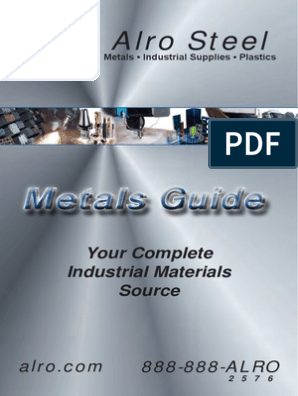0% found this document useful (0 votes)
145 views5 pagesSteel Bars, Alloy, Standard Grades
The document outlines the standard specification A322 for hot-wrought alloy steel bars, detailing their grades, chemical composition, and manufacturing processes. It provides guidelines for ordering, including required information such as quantity, dimensions, and grade designation. The specification is approved for use by the Department of Defense and includes references to relevant ASTM standards.
Uploaded by
Manuel AlvarezCopyright
© © All Rights Reserved
We take content rights seriously. If you suspect this is your content, claim it here.
Available Formats
Download as PDF, TXT or read online on Scribd
0% found this document useful (0 votes)
145 views5 pagesSteel Bars, Alloy, Standard Grades
The document outlines the standard specification A322 for hot-wrought alloy steel bars, detailing their grades, chemical composition, and manufacturing processes. It provides guidelines for ordering, including required information such as quantity, dimensions, and grade designation. The specification is approved for use by the Department of Defense and includes references to relevant ASTM standards.
Uploaded by
Manuel AlvarezCopyright
© © All Rights Reserved
We take content rights seriously. If you suspect this is your content, claim it here.
Available Formats
Download as PDF, TXT or read online on Scribd
/ 5















































































































